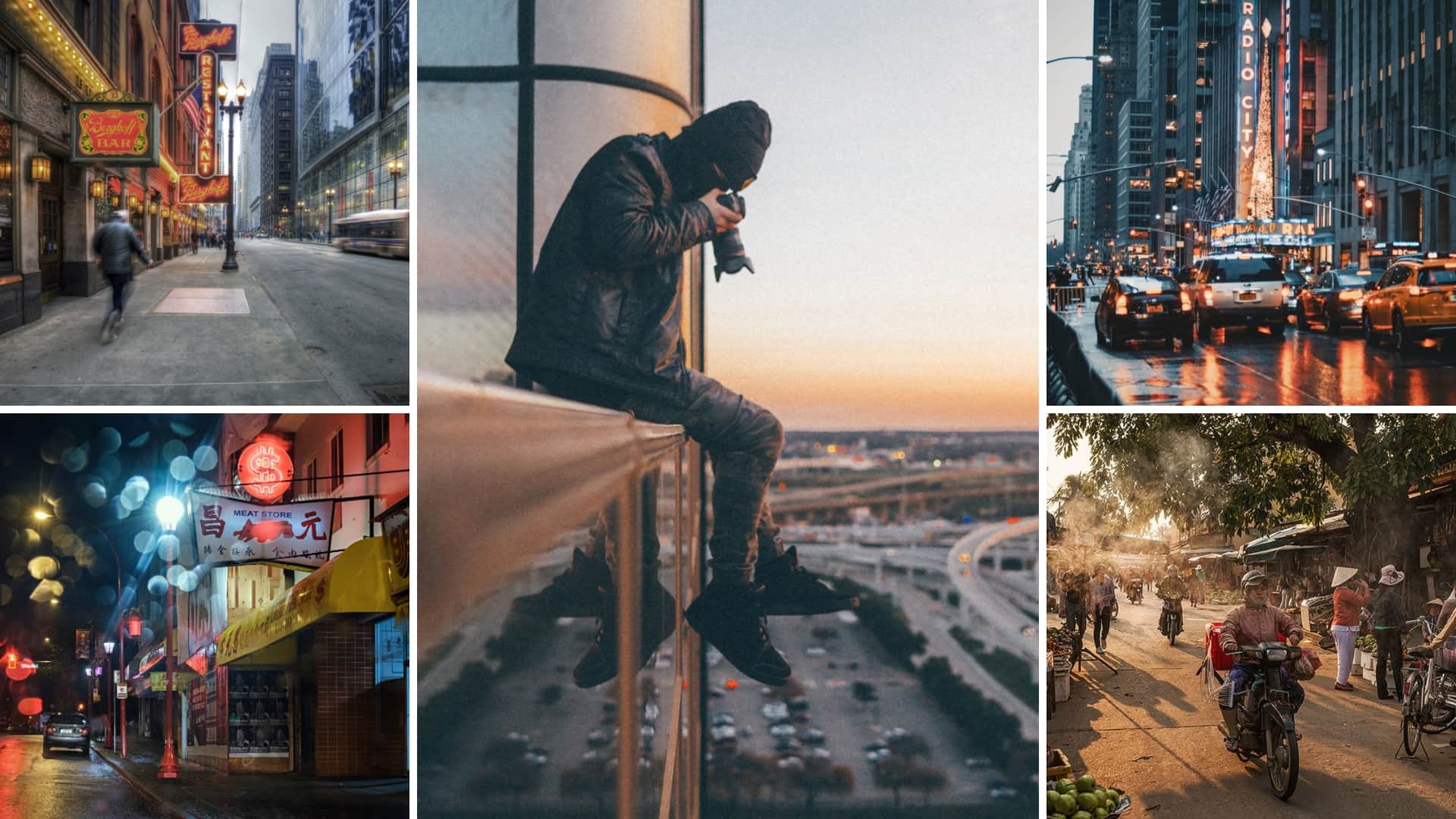Framing Streets Fundamentals Explained
Table of ContentsGetting My Framing Streets To WorkFraming Streets - An OverviewThe Ultimate Guide To Framing StreetsFraming Streets Fundamentals ExplainedGet This Report on Framing StreetsFraming Streets Fundamentals Explained
, generally with the purpose of recording photos at a crucial or emotional moment by careful framework and timing. https://www.viki.com/users/framingstreets1/about.
, who was motivated to take on a comparable paperwork of New York City. As the city developed, Atget helped to advertise Parisian roads as a deserving subject for photography.

An Unbiased View of Framing Streets
Martin is the very first videotaped digital photographer to do so in London with a disguised cam. Mass-Observation was a social research study organisation started in 1937 which intended to tape everyday life in Britain and to tape the reactions of the 'man-in-the-street' to King Edward VIII's abdication in 1936 to marry separation Wallis Simpson, and the succession of George VI. Andre Kertesz.'s widely admired Images la Sauvette (1952) (the English-language version was titled The Definitive Minute) promoted the idea of taking a photo at what he called the "decisive moment"; "when form and content, vision and composition merged right into a use this link transcendent whole" - copyright a9iii.
Framing Streets Fundamentals Explained
The recording machine was 'a surprise cam', a 35 mm Contax concealed under his coat, that was 'strapped to the chest and attached to a long wire strung down the ideal sleeve'. His work had little modern impact as due to Evans' level of sensitivities regarding the creativity of his job and the privacy of his subjects, it was not released up until 1966, in the book Lots of Are Called, with an introduction written by James Agee in 1940.
Helen Levitt, after that a teacher of children, connected with Evans in 193839. She recorded the transitory chalk illustrations - vivian maier that became part of youngsters's street culture in New York at the time, in addition to the children who made them. In July 1939, Mo, MA's brand-new digital photography section consisted of Levitt's operate in its inaugural exhibitionRobert Frank's 1958 book,, was considerable; raw and typically out of focus, Frank's images questioned traditional photography of the time, "challenged all the official rules put down by Henri Cartier-Bresson and Pedestrian Evans" and "contradicted the wholesome pictorialism and sincere photojournalism of American publications like LIFE and Time".